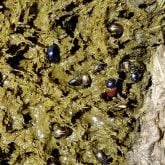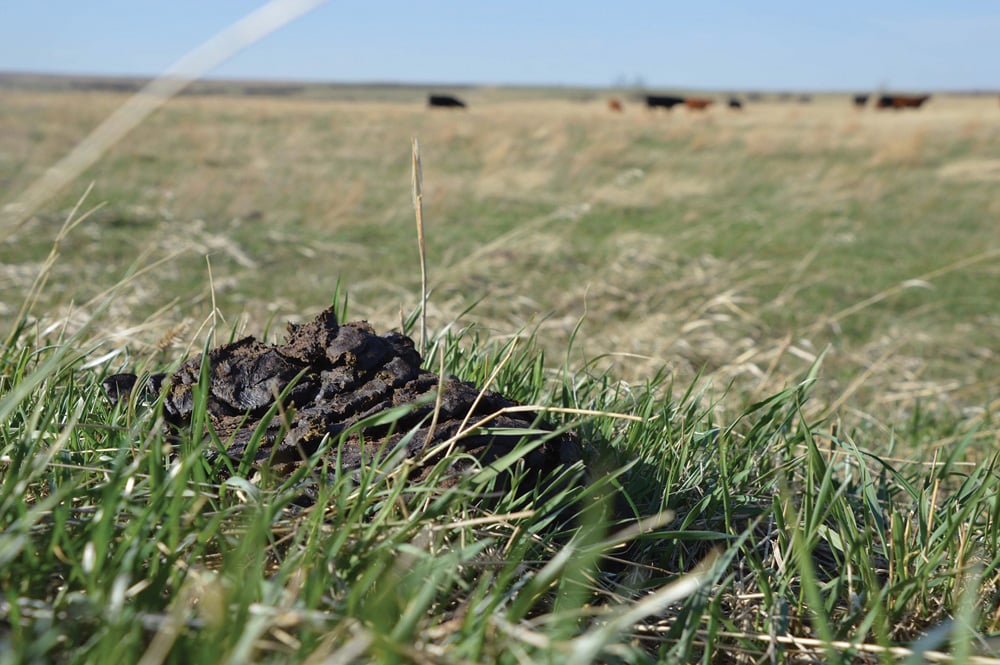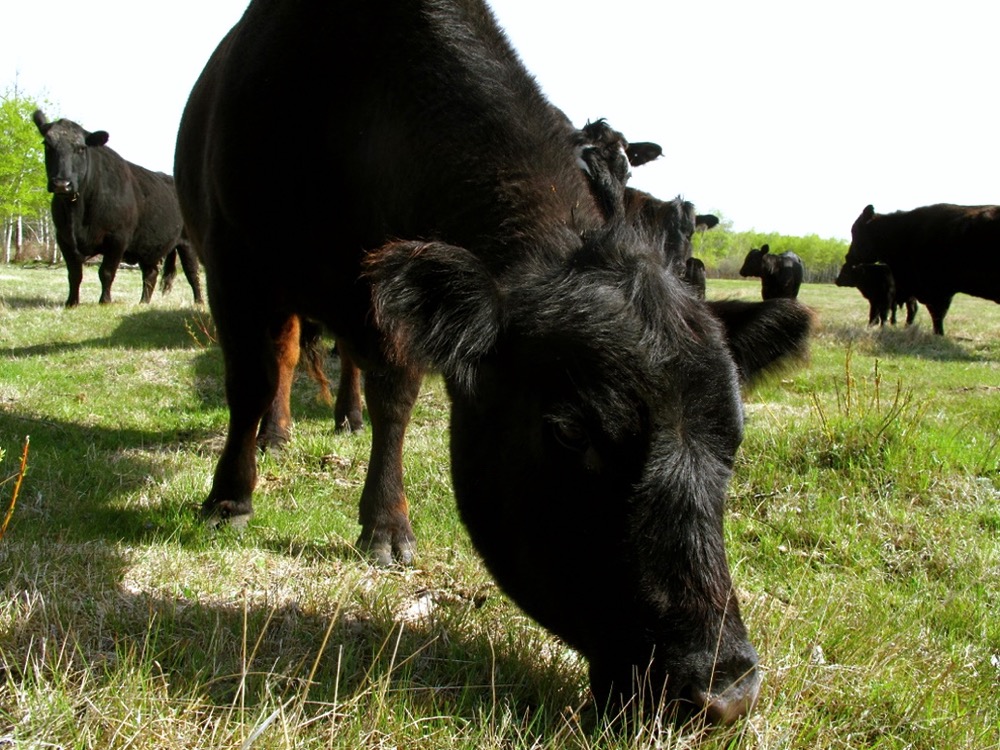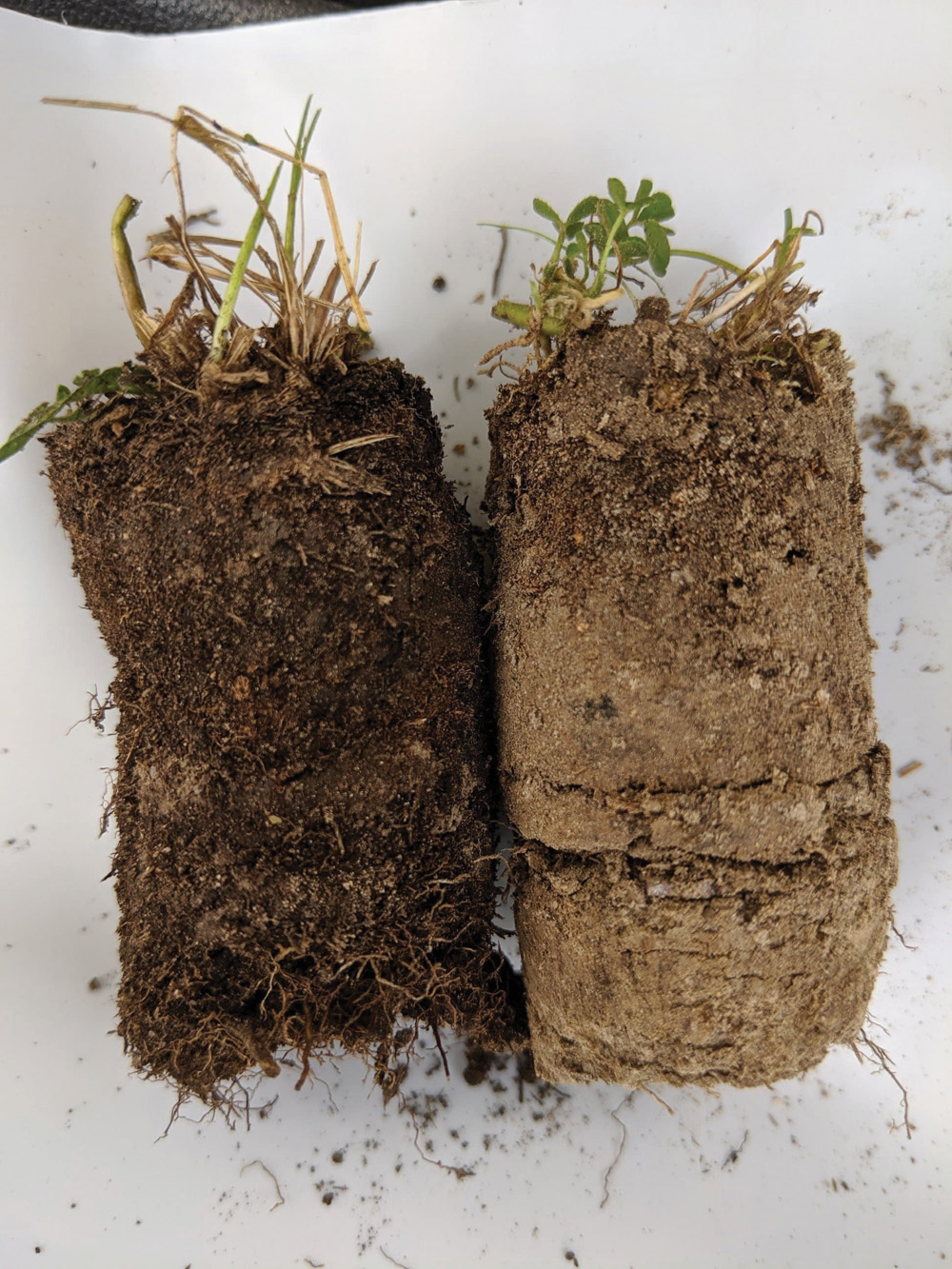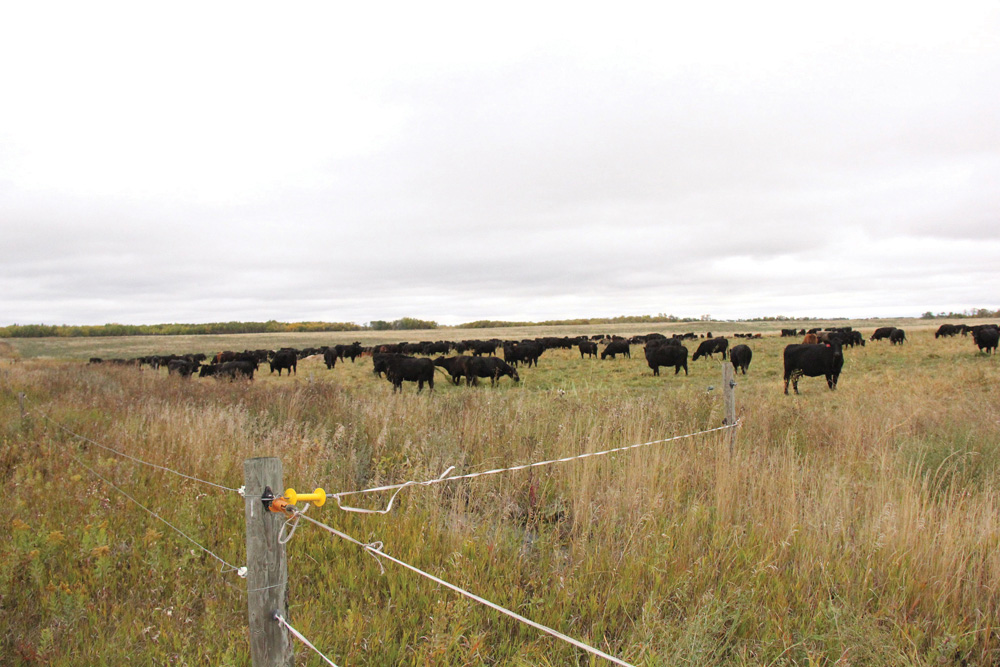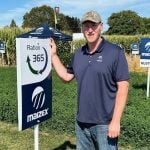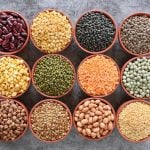A few decades ago, the practice of growing both crops and cattle on the same farm was far more common than it is now. Today’s no-till, organic, and conventional crop producers, however, are paying close attention to soil health and crop inputs. The potential benefits of incorporating cattle back onto their farms are leading to some creative arrangements.
Recycling ideas and nutrients
Cody Straza and his wife Allison Squires operate Upland Organics, a 2,000-acre organic crop farm near Wood Mountain, Sask. They grow several crops including cereals, oilseeds, and pulses, and use practices such as intercropping, cover crops (with 8-12 species), and green manure plow-downs. This year, they are about to adopt a practice that hasn’t occurred on their farm in nearly a decade — cattle grazing.

Straza says their focus has been on building nutrients and improving soil health but now it’s time to get cattle out there to help. “You can build nitrogen with legumes but when the plants are laid on the surface you can lose those nutrients. When we process those nutrients through a cow, we are also kick-starting the biology of the soil on our farm,” Straza explained.
This spring they will seed an annual cover crop and partner with a neighbour who will graze around 200 cow-calf pairs on their field using high-intensity, low-frequency management. Their collaborator will look after the fencing and water. “One of our main goals is to trample more than we eat. The livestock will eat the most palatable parts of the plants, and rest of the plant will become litter,” Straza said, and explained their costs will be reduced because they won’t burn diesel or run equipment to achieve the same outcome. Both Upland Organics and their neighbour have a back-up plan in case things don’t go as expected. “There will probably be lots of mistakes the first year — we are all going to be learning a lot,” said Straza, optimistically.
Opportunity on the other side of the fence
“I don’t know why more people don’t do this,” said Leanne Thompson, when asked about striking a deal with crop-farming neighbours for grazing. Thompson and her husband Ryan operate Living Sky Beef near Minton, Sask., where they run pairs, background, and feed cattle, on 7,000 acres of native and tame grass.

For the past seven years, the Thompsons have collaborated with adjacent landowners Derek Axten and his wife Tannis who were named Canada’s Outstanding Young Farmers in 2017.
Axten says it makes sense to work together. “It’s been a really good arrangement and flexibility has been the key,” he said.
The Axtens have made soil biology a focus on their 6,000-acre farm and are using composts and multi-species cover crops to improve nutrient cycling and increase organic matter. “There are guys that are doing this without bringing cows in but this helps to jump-start the system.” Axten likes to leave about 50-60 per cent residue behind as a biological primer.
Read Also
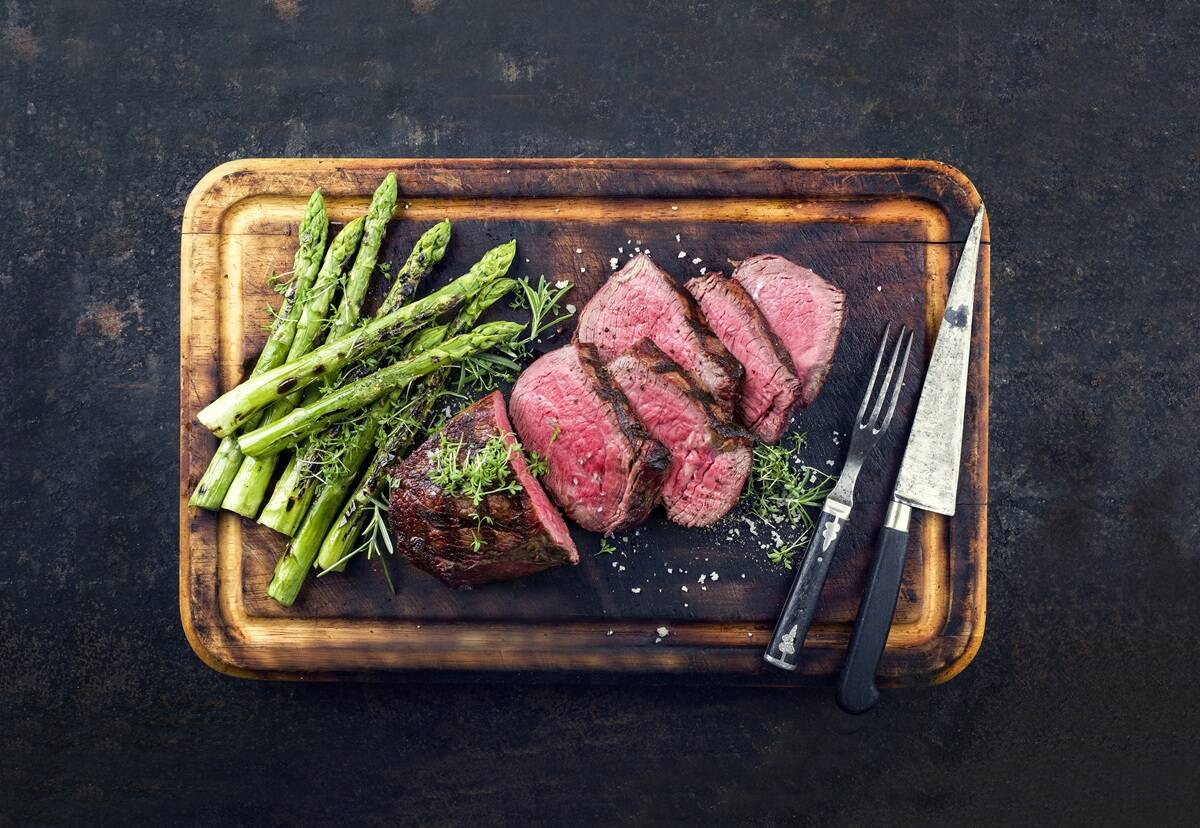
Building demand together: The impact of Canada’s beef import levy
The beef import levy has become a central tool for ensuring balance in Canada’s beef industry
“We grow a lot of fall seeded cover crops. The Thompsons can use the grazing and they have enough numbers to make it easy to add cattle on the farm where we need,” he explained.
Ironically, the families first met when the Axtens were exiting the cow business. They were looking to sell their native rangeland and the Thompsons were looking to buy. “(They) started stubble grazing on our farm a couple years in. We were used to it; that’s what we always did. That’s how it started,” Axten recalled.
The Axtens installed proper perimeter fencing and the Thompsons are responsible for maintaining the infrastructure, temporary fencing, and moving animals. Access to stock water can be an issue, but the families have worked it out together. On some sites they developed new sources, on others they tied portable troughs into the Thompson’s existing pipeline.
Both couples stress the importance of forthright communication. “I think we’ve always had a really open dialogue about costs and pricing,” said Axten.
Leanne Thompson echoed that sentiment. “Sometimes price discovery can be hard, but nothing is free so you have to put a price on grazing,” she said.
“We also do a lot of horse trading,” added Axten. “We’ve been using manure from their corrals for composting.” They apply compost onto the soil surface, or into the soil in the form of compost tea.
For other cattle producers interested in developing similar partnerships, Thompson cautions that you need to be dedicated to the process and willing to prove it can work. “Once you get your foot in the door, you have to make sure it goes well. The first year or two are the litmus test.”
The livestock and crop sectors will always face ongoing competitive issues, but the potential benefits that come from working together are becoming hard to ignore.
Both parties involved in these arrangements should clearly negotiate terms and identify potential problems and solutions before issues arise.
For producers willing to think outside the box, and their property lines, grazing cattle on cropland can be a win-win situation for everyone.



